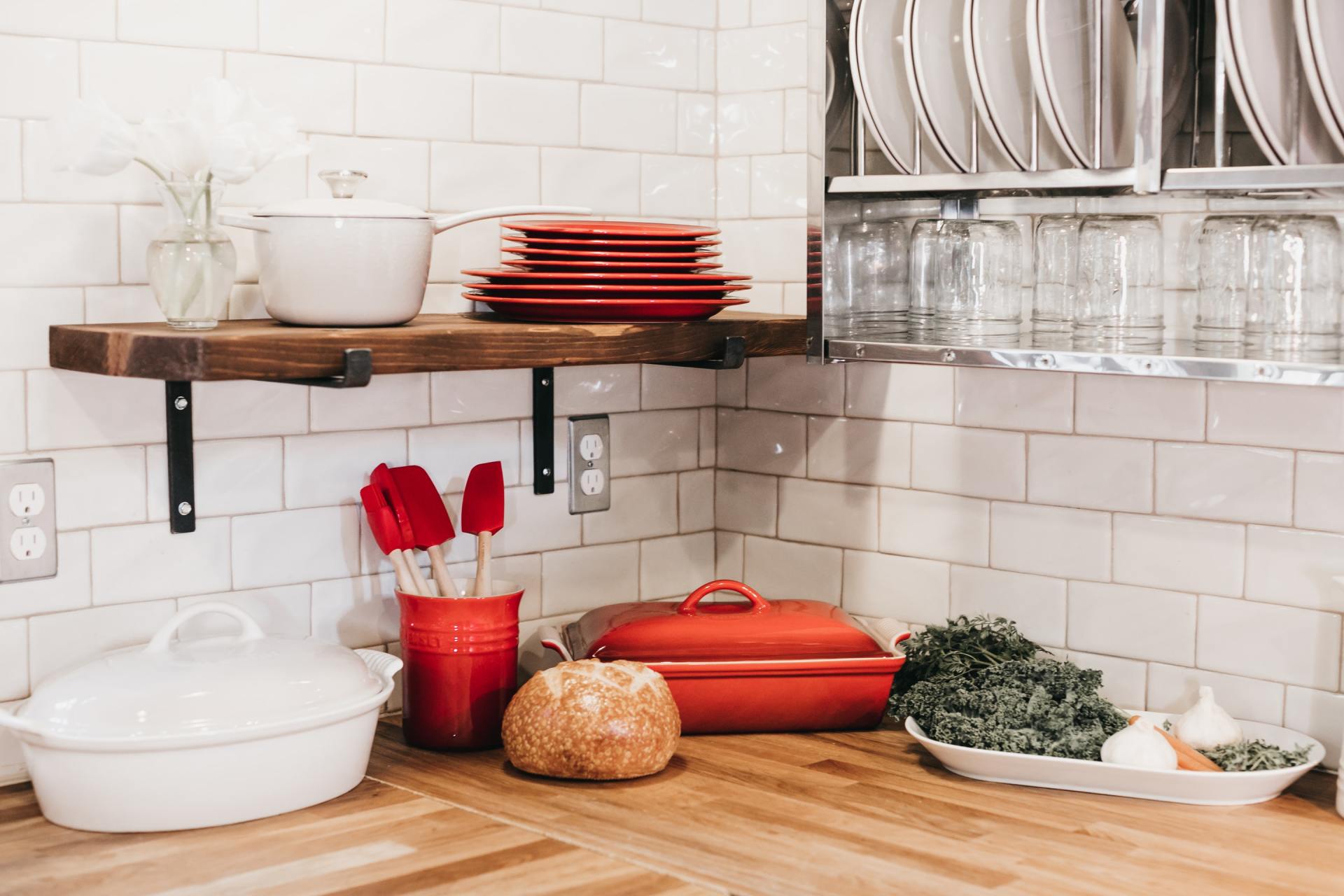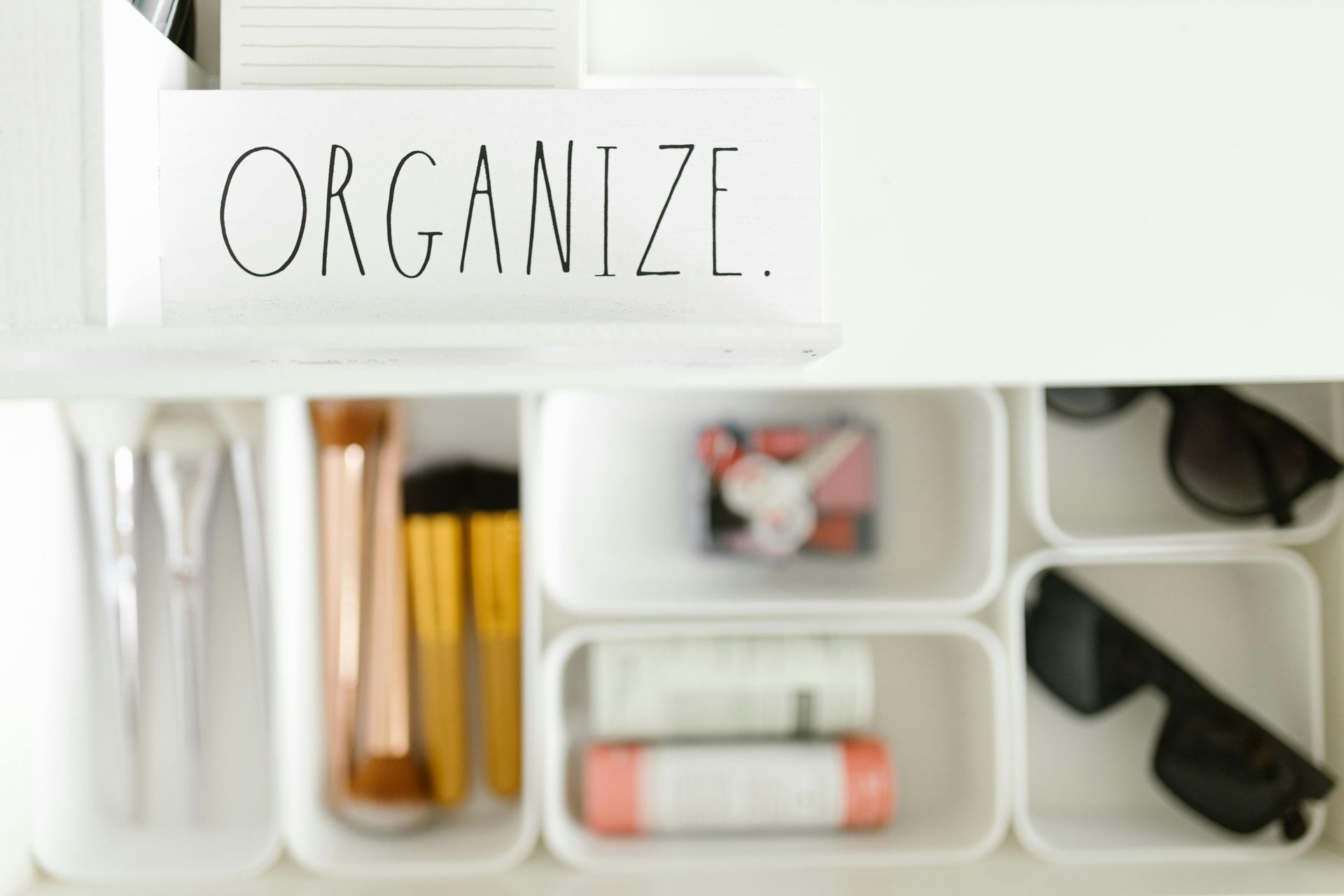Keeping the Fridge Clean
Keeping the Fridge Clean
Many people have gone weeks, months, or even years without noticing rotten food in their refrigerator.
This is undoubtedly not unique, but anyone can do it if an adequate system exists. Seriously, you can keep your refrigerator clean, save money on food, and lessen your ecological footprint with some sound tips from property managers in Branson.
Below are simple rules and practices to keep your refrigerator clean and clear all year.
Plan ahead
Every three to six months, your refrigerator needs a thorough cleaning. Start by clearing out the refrigerator of all food. Dairy products, meat, and other foods that need to be chilled should be placed in a cool bag filled with pre-chilled cool bag blocks since bacteria can quickly multiply at room temperature.
When there will already be less food in the fridge after the weekly store, it makes sense to deep clean the refrigerator. Property managers in Branson advise that food that is obviously expired and items that are beyond their use-by date should be thrown away.
Wash shelves and salad crisper drawers
If you can, remove all the moveable shelves from the fridge and the salad crisper drawers from the bottom. Check the user handbook before you begin if it's unclear how to get them out; this will ensure that you do it correctly and without causing any damage. It will also make it easier for you to put them back in. Check the manufacturer's website if you can't find the user manual.
Next, thoroughly clean any shelves and salad crisper drawers you could remove with hot water and dishwashing solutions. To lessen the possibility of their shattering in extremely hot water, it is preferable to wait until the shelves (or any other removable parts) are at normal temperature.
To get rid of food debris accumulated in the seam where the shelf surface and the shelf surround meet, use a toothpick. Cleanly rinse the shelves and salad crispers, then let them air dry on the drainer.
Blitz the interior
You can now concentrate on the refrigerator's actual interior. At this time, avoid using hot water as it may increase the refrigerator's temperature, delaying the return of your perishable goods. Instead, mix up a Milton Sterilizing Fluid and cold water solution and use that to wipe down the interior of the vehicle with a clean towel.
The grooves where the shelves rest on the sides of the refrigerator should receive special attention since they might act as magnets for debris. Cotton buds are a handy tool for removing old food and dirt from small and hard-to-reach spaces, including the drip hole at the back, which can easily become clogged. Carefully dry the refrigerator's interior using paper towels or a fresh tea towel.
Clean outer surfaces
It's crucial not to forget about the areas outside the fridge, like the handle and door surroundings, as these spots can accumulate germs due to frequent hand contact. To get rid of any crumbs that might have gathered in the folds of the door seal, especially if your fridge freezer has the freezer at the bottom, you can use the crevice nozzle on your vacuum cleaner.
Another handy tool for this is a stiff, dry washing-up brush. Regular cleaning and upkeep of your fridge, inside and out, is vital to maintain cleanliness and ensure efficient operation. For thorough and hygienic cleaning, gently run the corner of a linen or cotton tea towel dampened with a Milton solution along the folds.
Then, use a different towel corner to dry the door seal. This ensures that your fridge remains clean and free from any potential contaminants.
Remember the condenser coils
The interior of your refrigerator was probably cleaned more recently than the outside. But when was the last time you cleaned the condenser's coils?
The refrigerator's condenser coils, located in the back, are easy to clean. To remove the dust, turn off the refrigerator and vacuum the coils. You should clean these at least once a year if your kitchen is a pet hair and dust trap to prevent them from becoming clogged.
Why even try? Clogged condenser coils force your refrigerator to work harder, raising your energy costs. They could also reduce the lifespan of your refrigerator, which might be expensive to fix.
Allow to cool
Install the salad crisper drawers and shelves anew. If you possess a fridge thermometer, refrain from restocking your refrigerator until the temperature decreases to 5°C or lower. Activate the fast-cool feature on your fridge to expedite the cooling process.
Banish odours
Keeping a ramekin of bicarbonate soda inside your refrigerator may prevent it from smelling weird. Try to date the container so you remember when to change it; it should last up to three months before replacing it. If you'd rather save your bicarbonate of soda for baking, you can buy a fridge deodorizer.
This guide on how to clean your fridge and what to store in it will help prevent it from becoming cramped. Tips property managers in Branson on how best to organize your fridge should set you off on the right foot when refilling your fridge.




